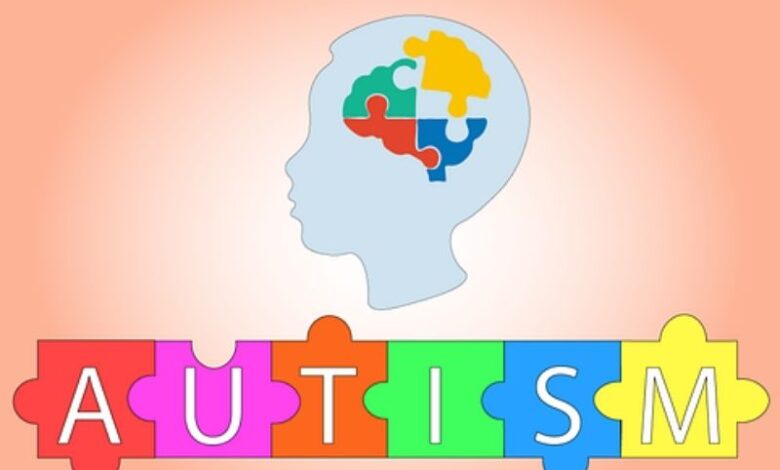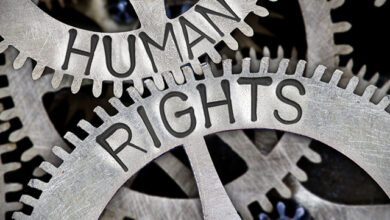Autism awareness and inclusion

Autism spectrum disorder (ASD) is a neurodevelopmental disorder that affects communication, social interaction, and behavior. It is estimated that one in every 160 children worldwide has ASD, and the prevalence of ASD is increasing globally. Although people with ASD have unique strengths and talents, they often face significant barriers to full participation in society. This article aims to raise awareness of autism and promote inclusion for individuals with ASD.
Understanding Autism Spectrum Disorder
Autism spectrum disorder (ASD) is a developmental disorder that affects the way individuals communicate, interact, and behave. It is a spectrum disorder, which means that it affects people differently, and the severity of symptoms can vary from person to person. The three core symptoms of ASD are:
1. Impaired Communication
Individuals with ASD may have difficulty with verbal and nonverbal communication. They may have delayed language development, use repetitive language, and have difficulty initiating and maintaining conversations.
2. Social Interaction Challenges
People with ASD may struggle with social interaction, including reading and responding to social cues and making and maintaining friendships.
3. Restricted and Repetitive Behaviors
Individuals with ASD may engage in repetitive behaviors, such as hand flapping, rocking, or spinning objects, and may have rigid routines and preferences.
The Importance of Autism Awareness
Autism awareness refers to understanding the challenges and strengths of individuals with ASD and promoting acceptance and inclusion. Autism awareness is essential because it helps to:
1. Reduce Stigma
There is still a lot of stigma and misinformation surrounding ASD, which can lead to discrimination, bullying, and social isolation. By raising awareness of ASD, we can help reduce stigma and promote understanding and acceptance.
2. Promote Early Intervention
Early intervention can make a significant difference in the lives of individuals with ASD. With early diagnosis and treatment, children with ASD can improve their language and communication skills, social interaction, and behavior.
3. Improve Support and Services
Increased awareness of ASD can help improve support and services for individuals with ASD and their families. This can include access to specialized therapies, education, and employment opportunities.
Promoting Autism Inclusion
Autism inclusion refers to creating environments that are welcoming and supportive of individuals with ASD. Inclusive environments promote diversity, equity, and inclusion, and can help individuals with ASD reach their full potential. Here are some ways to promote autism inclusion:
1. Increase Understanding and Acceptance
Increasing understanding and acceptance of individuals with ASD is the first step towards promoting inclusion. This can include educating the public about the challenges and strengths of individuals with ASD, promoting positive media representation, and encouraging interactions between individuals with and without ASD.
2. Provide Accommodations
Providing accommodations can help individuals with ASD overcome barriers to participation. Accommodations can include sensory-friendly environments, modified work schedules, and communication aids.
3. Foster Inclusive Communities
Inclusive communities are those that embrace diversity and provide opportunities for all members to participate fully. Creating inclusive communities can involve supporting inclusive schools, businesses, and recreational activities.
Conclusion
Autism awareness and inclusion are critical to promoting a more inclusive and equitable society. By increasing understanding and acceptance of individuals with ASD and creating inclusive environments, we can help individuals with ASD reach their full potential. It is essential that we continue to work towards promoting autism awareness and inclusion to build a more inclusive and accepting society.



